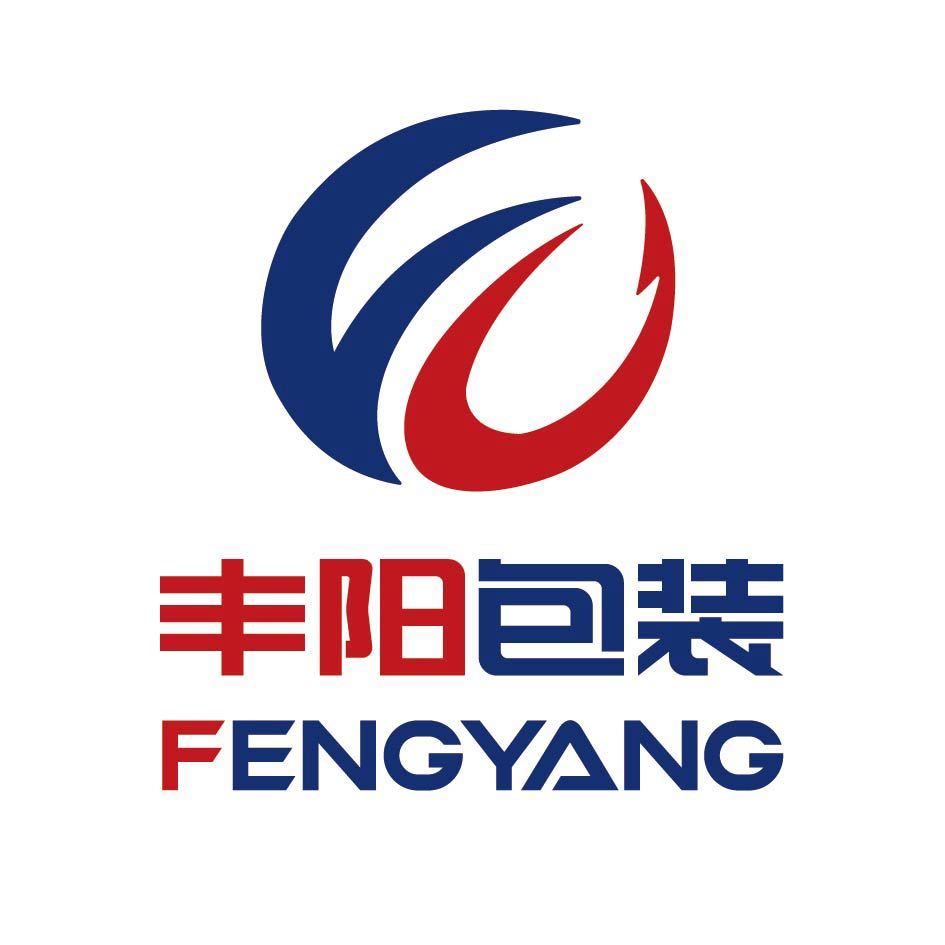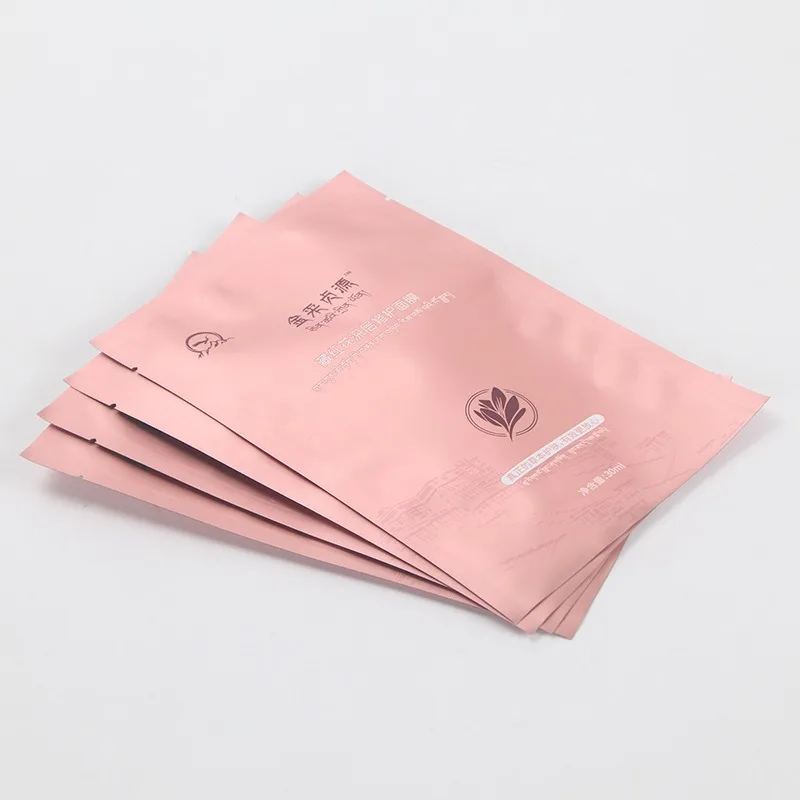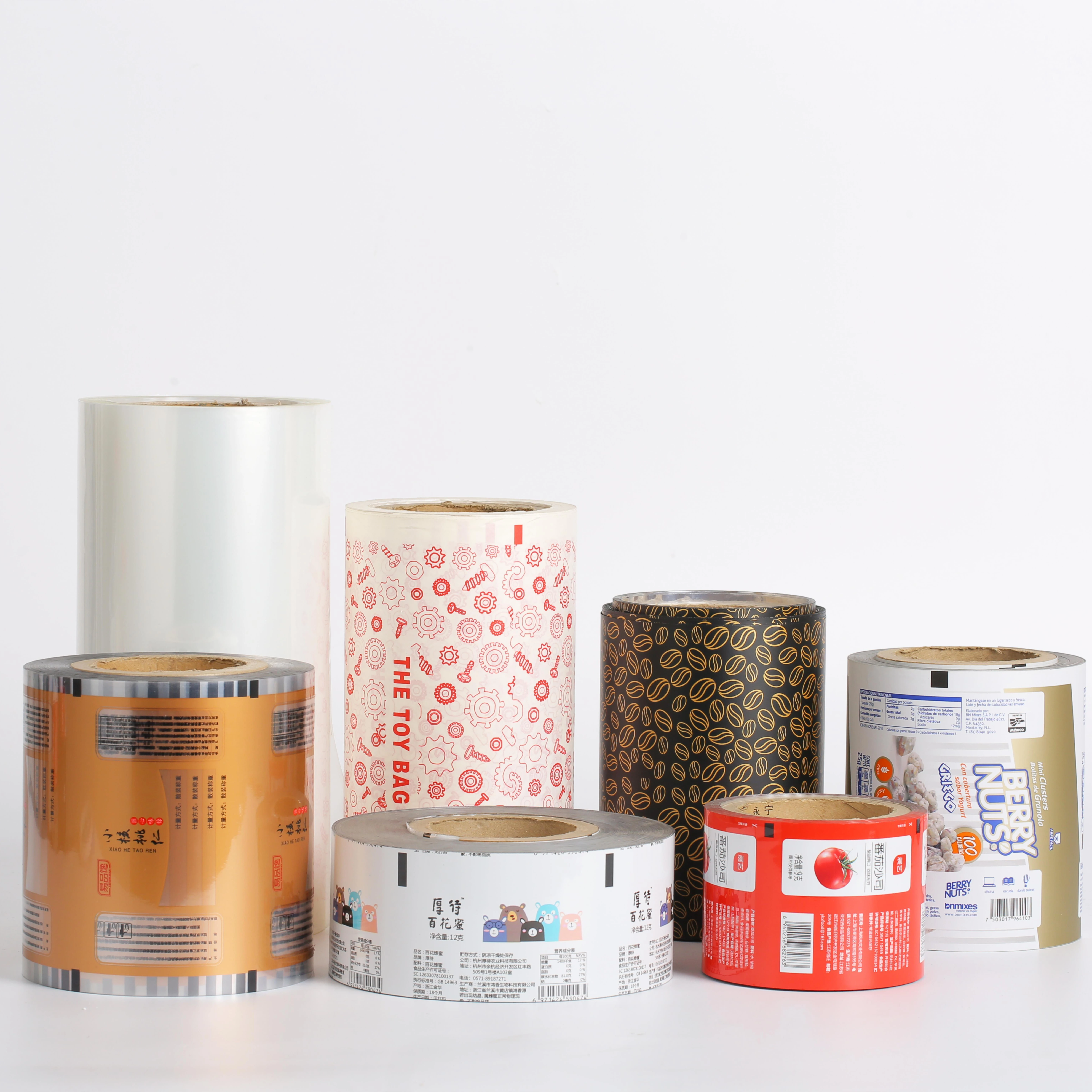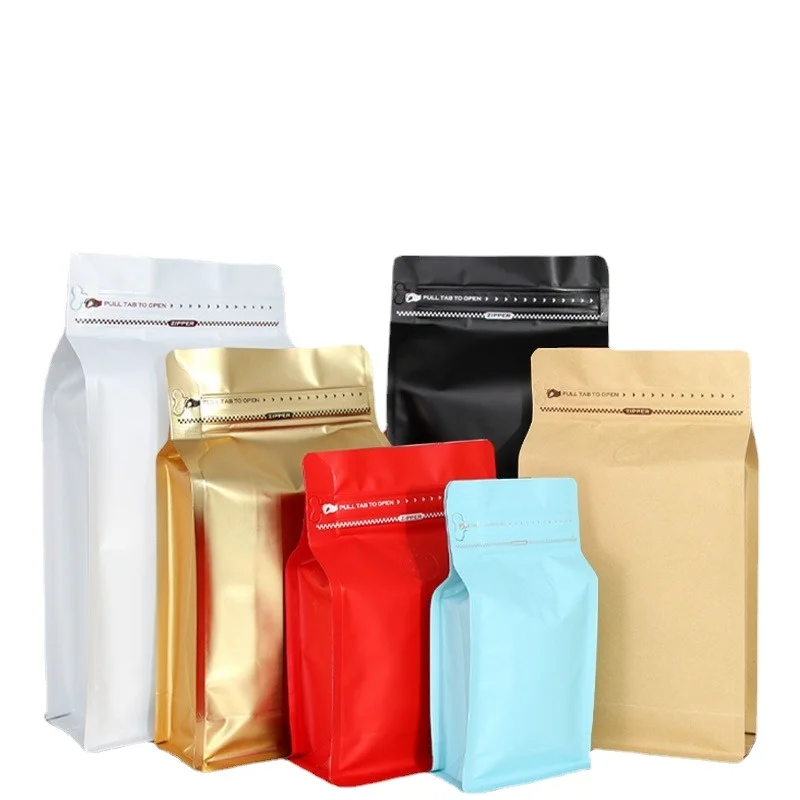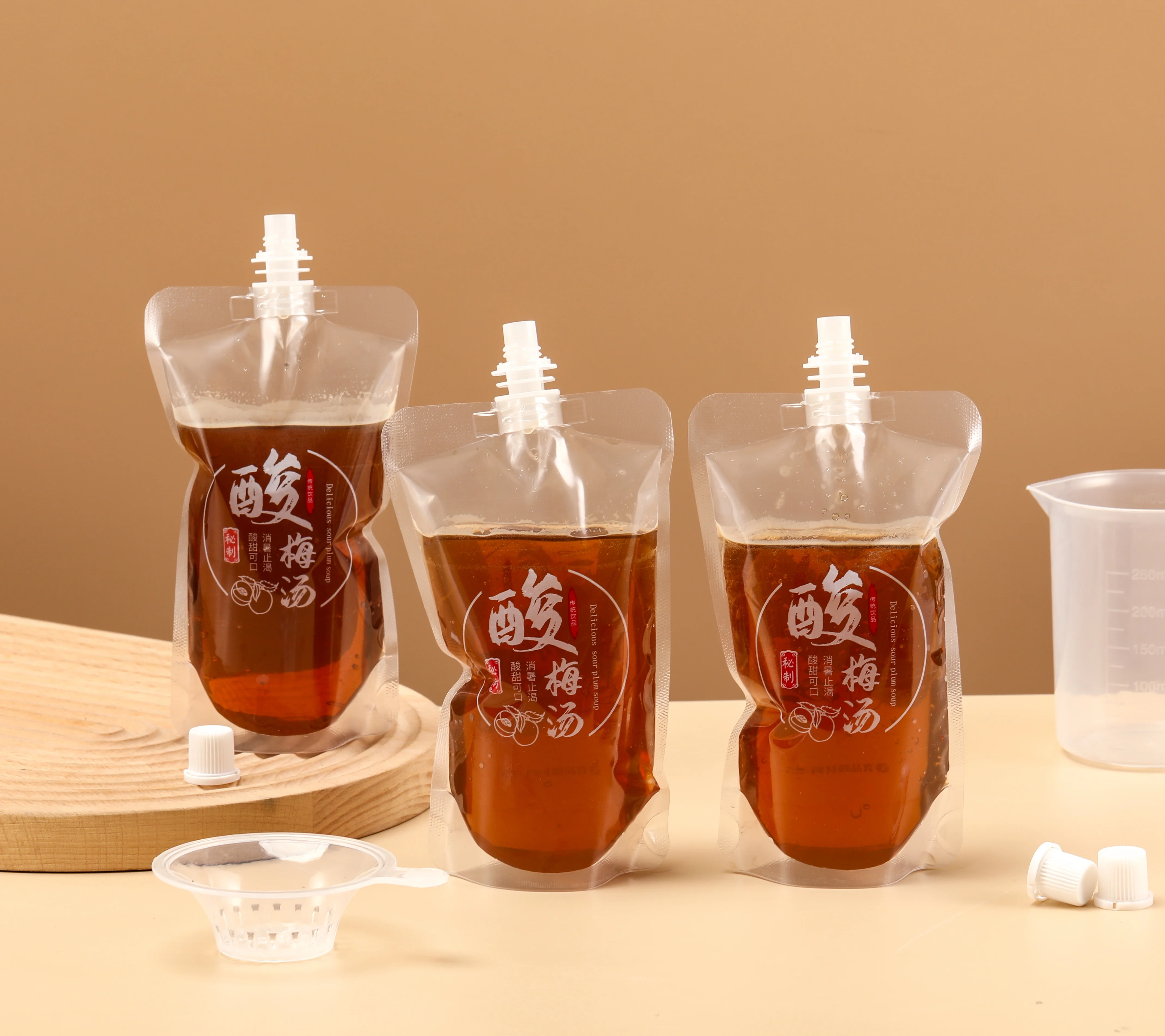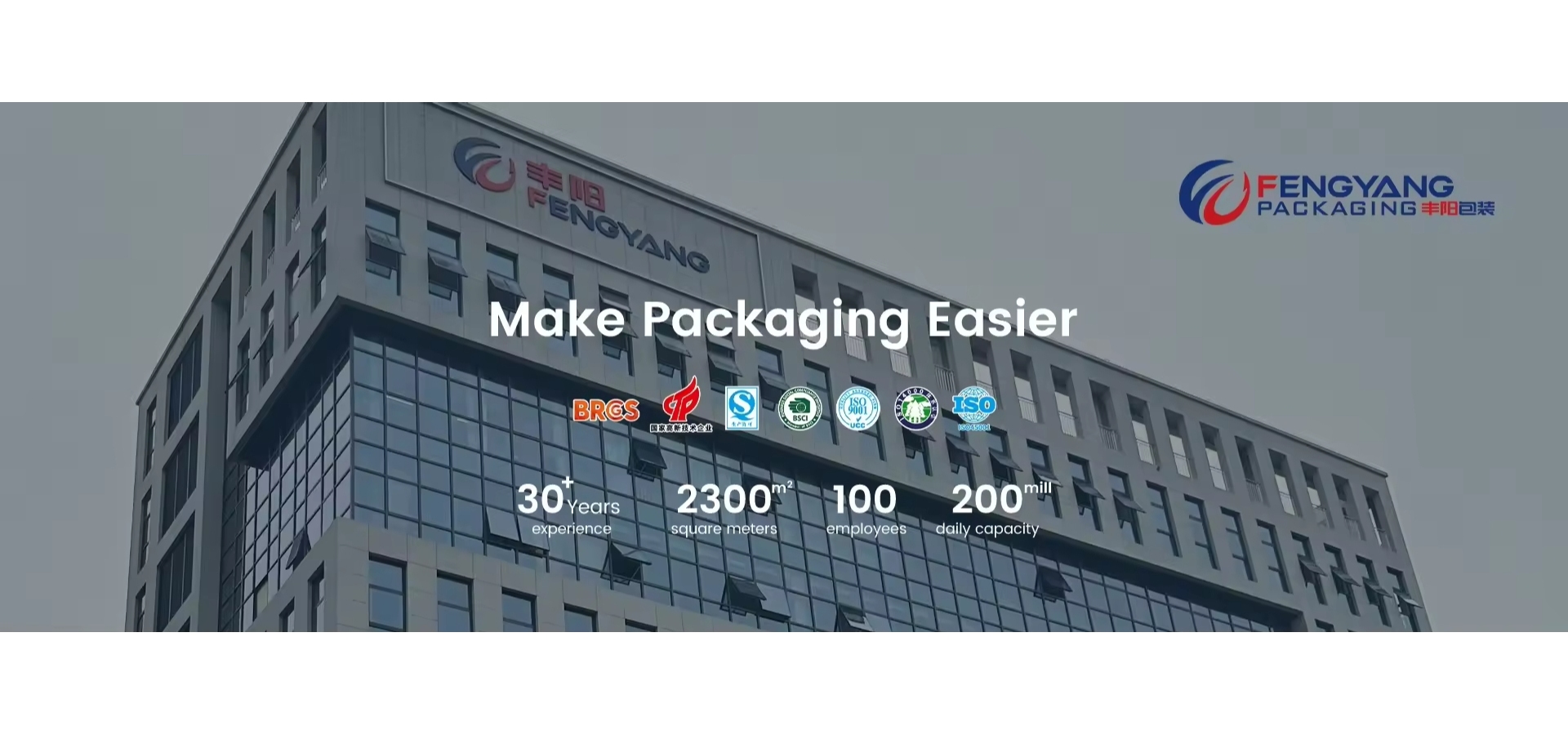
ABOUT
Wenzhou Fengyang Packaging Co., Ltd. is located in Cangnan County, Wenzhou City, Zhejiang Province, China's packaging and printing city. Founded in 2016, the company has a registered capital of 55.51 million yuan, an annual output value of 300 million yuan, a building area of 23000 square meters, more than 100 employees, a team of technical R&D engineers with 10 years of experience, and more than 10 patents for various packaging applications. It is a national high-tech enterprise in China and a technology-based enterprise in Zhejiang Province. The company has been focusing on the research and development and production of functional packaging products such as high barrier, light and heat avoidance, low-temperature freezing, high-temperature steaming, recycling, and degradability. The company has passed IS09001 quality management system certification, IS022000 food safety management system certification, etc. The products have passed multiple authoritative tests such as SGS,BSCI, and the materials comply with US FDA and EU standards. It is a technology-based manufacturing enterprise that integrates research and development, design, production, sales, and service.The company can support OEM, ODM customization, the main production of coffee bags, dog food bags, suction bags, self-supporting zipper bags. The company with excellent quality, good service, timely delivery to win the trust of customers at home and abroad.Thanks for the recognition of domestic and foreign customers, welcome to visit our factory at any time.
PRODUCTS
Coffee Bag Design
Material Selection: A Balancing Act of Preservation and Sustainability
The choice of material significantly influences the coffee's shelf life and the brand's environmental footprint. Traditionally, burlap sacks offered a rustic charm and excellent breathability, allowing for controlled degassing of the beans. However, their susceptibility to moisture and pests, along with their lack of branding opportunities, led to the rise of more sophisticated materials. Today, foil-lined paper, multi-layered plastic pouches, and even compostable materials are common, each with its own advantages and disadvantages.
Foil-lined paper bags provide an excellent barrier against oxygen and moisture, protecting the beans' aroma and freshness. However, they often require more resources to produce and are not always recyclable. Plastic pouches, particularly stand-up pouches, offer superior protection and increased shelf space efficiency, but environmental concerns related to plastic waste are increasingly prominent. Consequently, the trend is shifting towards sustainable options like compostable materials made from plant-based sources, though these often come at a higher cost and may have limitations in terms of barrier properties.
Branding and Aesthetics: The First Impression
The visual design of the coffee bag is paramount in grabbing a consumer's attention amidst a crowded marketplace. Effective branding relies on a cohesive design that conveys the coffee's origin, roast profile, and overall brand identity. Color palettes, typography, and imagery all play vital roles in creating a compelling visual narrative. A bold, vibrant design might suit a bold, dark roast, while a more minimalist approach might better complement a light and delicate single-origin coffee.
The bag's shape and size also contribute to its visual appeal and functionality. Stand-up pouches provide a shelf presence that is both eye-catching and practical, offering easy visibility and dispensing. Flat pouches, on the other hand, are often more cost-effective but can be less visually striking. Furthermore, the inclusion of elements like windows showcasing the beans or unique textured finishes adds a premium touch, enhancing the overall consumer perception of quality.
Functionality and User Experience: Beyond Aesthetics
A well-designed coffee bag goes beyond mere aesthetics; it also considers the practical aspects of storage, dispensing, and overall usability. Features like resealable zippers, tear notches, and easy-open mechanisms improve the user experience and ensure the coffee remains fresh after opening. The bag's size and shape should also be practical for storage and dispensing, fitting conveniently in kitchen cupboards or on coffee counters.
Furthermore, information clarity is crucial. The bag should clearly display important details like the coffee's name, origin, roast level, brewing instructions, and weight. Clear and legible fonts, alongside well-organized information, enhance readability and avoid overwhelming the consumer. The inclusion of QR codes linking to further information, such as tasting notes or brewing videos, adds an interactive element that enhances engagement.
The Future of Coffee Bag Design: Innovation and Sustainability
The coffee industry is increasingly focused on sustainability, and this directly impacts coffee bag design. The exploration of innovative, eco-friendly materials and manufacturing processes is ongoing. Biodegradable and compostable options are becoming more prevalent, but challenges remain in balancing sustainability with the necessary barrier properties to maintain coffee freshness. Smart packaging, incorporating features like moisture indicators or time-temperature indicators, is also on the horizon, providing greater control over quality and extending shelf life.
Ultimately, effective coffee bag design is a delicate balance of art, science, and sustainability. It's a reflection of the brand's identity, a testament to the quality of the coffee within, and a commitment to the future of responsible packaging. As consumer demands evolve and technological advancements continue, the coffee bag will undoubtedly continue its transformation, promising even more innovative and sustainable designs in the years to come.
SUBSCRIBE
INQUIRY
